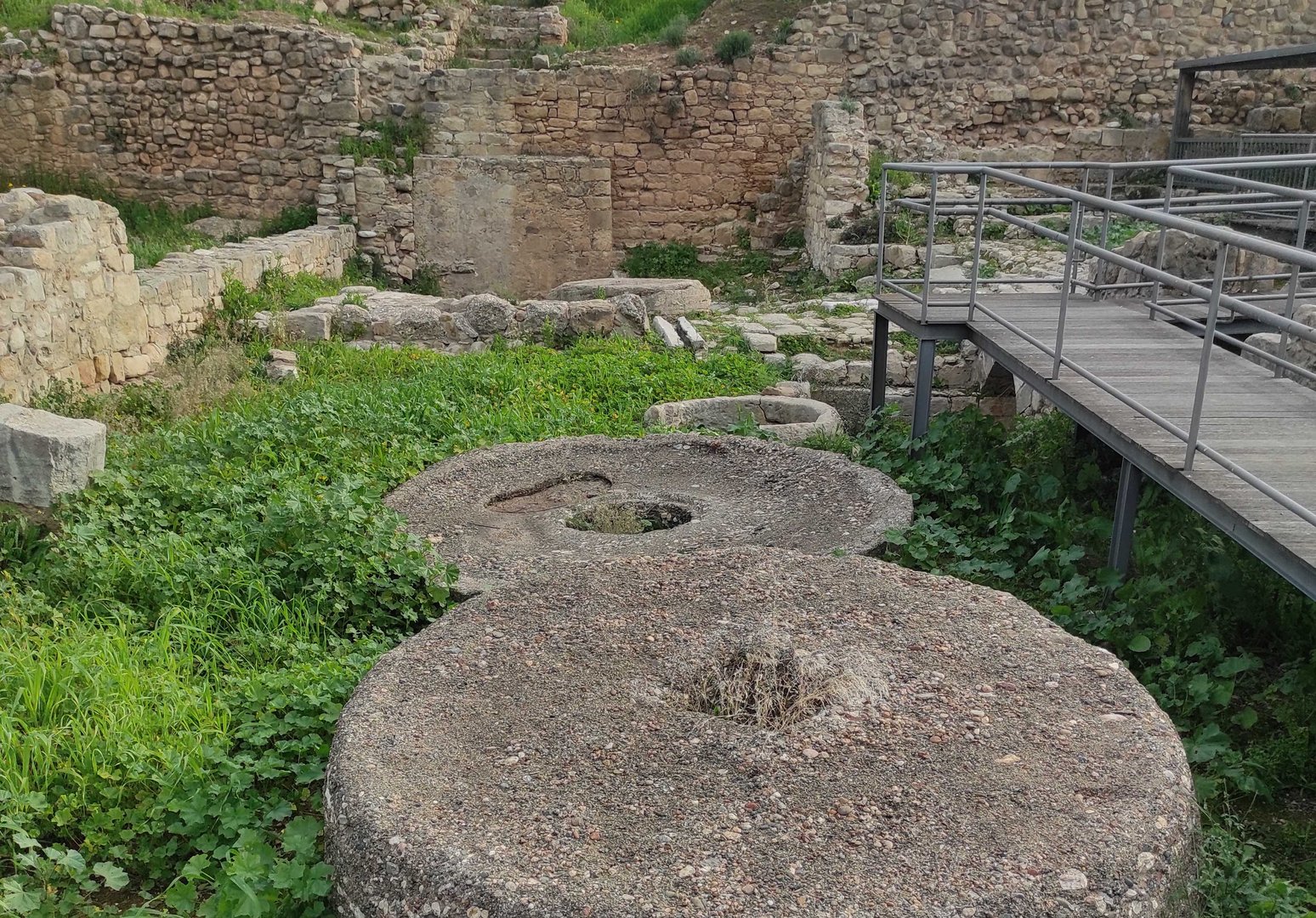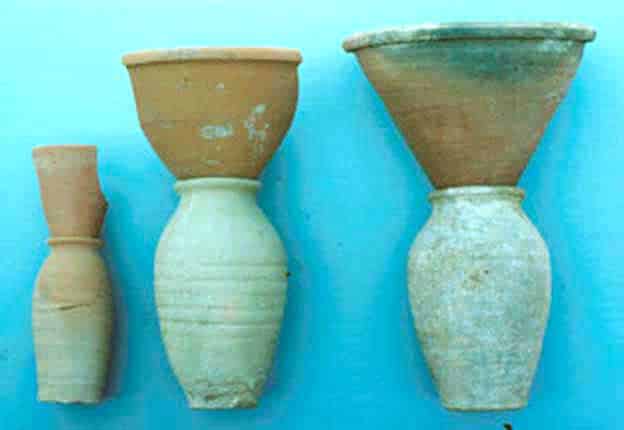How a once-rare treat turned into something we can’t do without
What is the most widespread addiction of our time? No, it’s not an illegal drug. In fact, it’s fully legal and our children are pushed to use it, from the supermarket checkout aisle at their eyelevel, to the merry man dipping balls of dough into a syrup-filled cauldron at the panigiri. You guessed it: it’s sugar.
Sugar has been a food industry giant for a long time but many who indulge in it nowadays do so as a bit of a guilty pleasure. Obesity and diabetes are on the rise and sugar is so ubiquitously present in everything we eat, that we are barely aware of how massively we overconsume it, to our body’s detriment. And yet most cannot imagine doing without it.
We did not always, however, have this easy-uneasy relationship with the sweet white powder. Once upon a time, sugar was a rare and precious luxury – even viewed by some as possessing medicinal properties. And for a couple of brief centuries at the start of it all, Cyprus, as a crucial production and export site in the Eastern Mediterranean mediaeval world, played a major part in jumpstarting the sugar-craze.
I was rather surprised to learn this from a friend and fellow permaculture-enthusiast. Although I had a vague memory of the sugar refinery by Kolossi castle (mistaken by many for a church) the sheer impact and scale of the sugar industry on the island in times past had escaped me.
Sugar, as it turns out, was the linchpin of wealth for the Lusignan elite, whose reign lasted from the time of Guy de Lusignan’s fortuitous acquisition of the island from the Templars in 1192, until 1489 when the baton was passed on to the Venetians until 1571.
“Sweet salt” as it was originally called by the Crusaders, the first Europeans to obtain it from caravans in the Holy Lands, perhaps better deserves the name “white gold”, on par for a while with the so-called “liquid gold”, that is olive oil, and salt itself, both of which were exported from Cyprus for centuries (as were copper and timber).
Marino Sanudo, a Venetian geographer wrote in the 14th century that “such a huge quantity of sugar was produced in Cyprus that it was sufficient for the whole Christian world.”
Sugar production in mediaeval Cyprus was run by three elite entities who owned all production on the island, and sometimes fought over it.
The three key players were the Lusignan royal family, who owned the sugar refinery at Kouklia (the first known plantation on the island and the most complete site found to-date), the Venetian Cornaro family at Kolossi, later headed by Katerina, queen of Cyprus between 1474 and 1489, and the British order of the Knights Hospitaller at Episkopi.
At one time or another, plantations existed in Akanthou, Lapithos, Morphou, Lefka, Chrysohou, Lemba, Emba, Finikas, Achella and Anogyra. Growing sugar cane, as well as powering the refineries, required copious amounts of water—sections of aqueducts were even built expressly for the purpose. Droughts were already known on the island, as one particularly evocative eye-witness account from 1468 attests:
“On the island of Cyprus there was a huge drought, without rainfalls during the winter…The water in the wells dried up, the eternal rivers lost their streams, the mills could not grind, the springs no longer gushed water, the grass did not grow, and the animals were starving…”
And so, in 1468, the perfunctory redirection of shared water by the monk-knights, from the river Kouris exclusively to their own plantation, caused huge loss of revenue and aggravation for the Cornaros.
So much for the overlords. But what do we know about the average Yiannis, the human force behind the sugar rush, lugging vats of syrup, loading donkeys in the hot sun?
This matter is still disputed by scholars. Some believe the workforce came from what was essentially a native population of indentured servants, others claiming foreign slaves were imported, as the Latins looked at the Greeks askance, (the chronicler Kyprianos did note that among the Cypriots there was a large number…who were very dissatisfied and wanted a change). Others suggest the workers were a motley mix of the two.
Whatever the truth, it seems likely the colloquial poor bugger hacking through cane at midday, might just as well have been your average Georgi, if a Bulgarian slave, Yusuf, if a Turkish prisoner of war, or Marat if a Tartar.
It’s hard for us moderns to get a fine grain understanding of the psychology of the main characters and what exploitation of resources looked like in earlier times. One gets the impression that despite servicing “the whole Christian world”, everything was of course on a smaller, ‘cosier’, less environmentally destructive scale.
Nonetheless, some tropes, particularly the profiteering of small elites (in this case Crusader aristocrats, Venetian merchants and British lance-sporting monks), lucky enough to have landed themselves in the right place at the right time, and banal enough to engage in a single-minded pursuit of wealth, seems to be a perennial trend.
So, back to the present day, where I find myself standing Lilliputian-like by a patch of sugar stalks (sugar cane is essentially a giant grass), in my friend Marjan’s food garden. We discuss the merits and pitfalls of attempting to revive the industry in Cyprus, or less ambitiously, to simply harvest cane as a substitute for the commercial stuff.
“For a start sugar cane makes a fantastic windbreak,” Marjan points out, animatedly gesturing to his crop. “It’s very good for mulching and aerated composting, and the pulp will be devoured by the bacteria. Sure it needs water, but it grows incredibly fast!” he adds with characteristic ebullience.
Not possessing an army of serfs working for him, Marjan has yet to find an efficient way to press the juice out of the stalks, but he has been keenly attempting various experiments and the resultant millilitres procured so far have been delicious and a great hit with the family. Growing sugar is not so far-fetched after all and I am inspired to attempt it myself.
Later on, stopping by the somewhat desolate and forgotten-feeling Kouklia-Stavros archaeological site, separated with a fence from the highway, I picked up what may have been a chunk from the specially made clay funnels used for draining off syrup to leave sugar loaves.
As I tried to imagine the sounds and smells that once exploded out of this busy, highly lucrative factory with its exploited workers, I felt a little burst of melancholy over the unending paradox of human ingenuity and human greed, something so sweet and so bitter.
Back in the car, I ripped open a packet of Minstrels…and guiltily indulged.











Click here to change your cookie preferences